US Justice Department launches first-ever federal review of 1921 Tulsa Race Massacre
Share
Explore Our Galleries
Breaking News!
Today's news and culture by Black and other reporters in the Black and mainstream media.
Ways to Support ABHM?
By Dale Dewalt, The Oklahoman
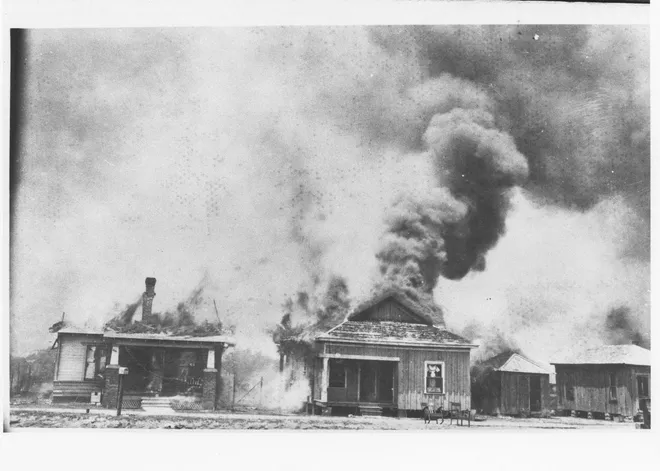
The U.S. Department of Justice’s Cold Case Unit has begun a “review and evaluation” of the 1921 Tulsa Race Massacre.
The announcement was made by Assistant U.S. Attorney General for Civil Rights Kristen Clarke, who said the Justice Department will issue a report detailing its findings and conclusions.
DOJ’s investigation into the Tulsa Race Massacre was launched under the authority of the Emmett Till Unsolved Civil Rights Crime Act, which Congress passed to seek justice for long-ignored victims of racial violence. The law allows DOJ to investigate deadly civil rights crimes that occurred on or before Dec. 31, 1979.
“The immediate catalyst for the (Tulsa) riot was, as with Emmett Till’s murder, the claim that a Black youth had inappropriately engaged with a white woman,” Clarke said Monday from Washington D.C. “The young man, Dick Rowland, was arrested. White men went to the jail to demand that he be released to face mob justice.”
A fight broke out after members of the Black community showed up to protect Rowland from being lynched. Once the violence began, it wouldn’t end until the thriving Greenwood District was burned to the ground and an estimated nearly 300 people of Black Tulsans were dead in the streets, Oklahoma’s Tulsa Race Massacre Commission concluded in 2001. The estimated number of deaths has never been verified, and it’s one of many questions that remain unanswered.
Such allegations are also why so many Black people were lynched. See our Lynching Memorial to learn more.
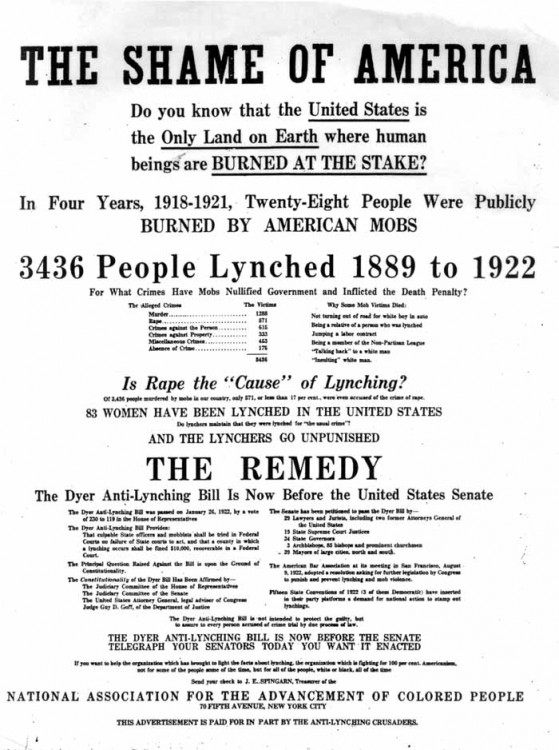
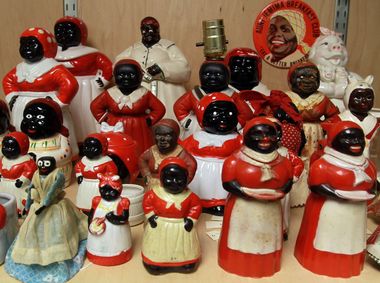
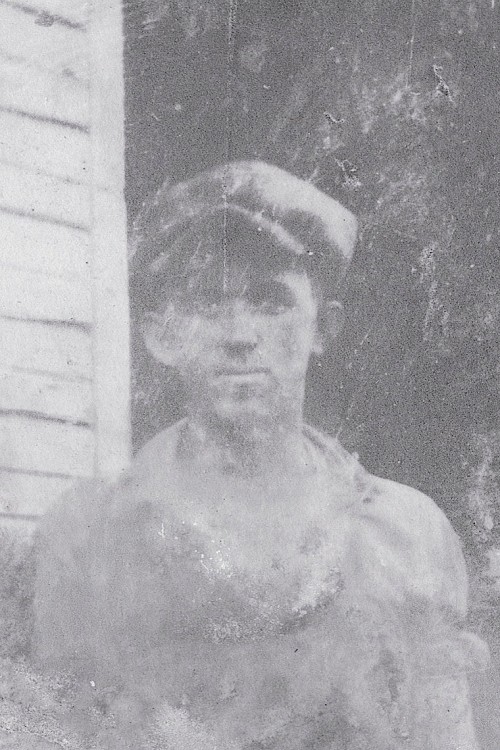
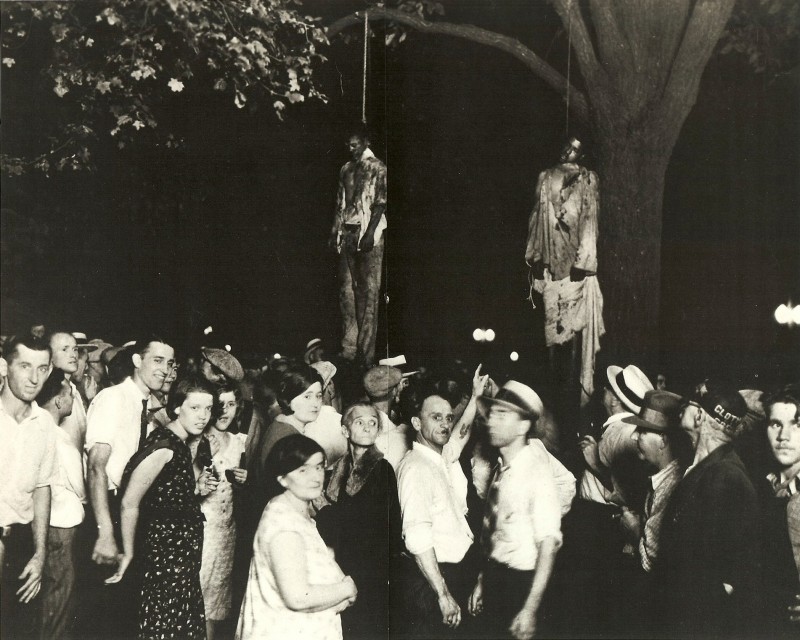
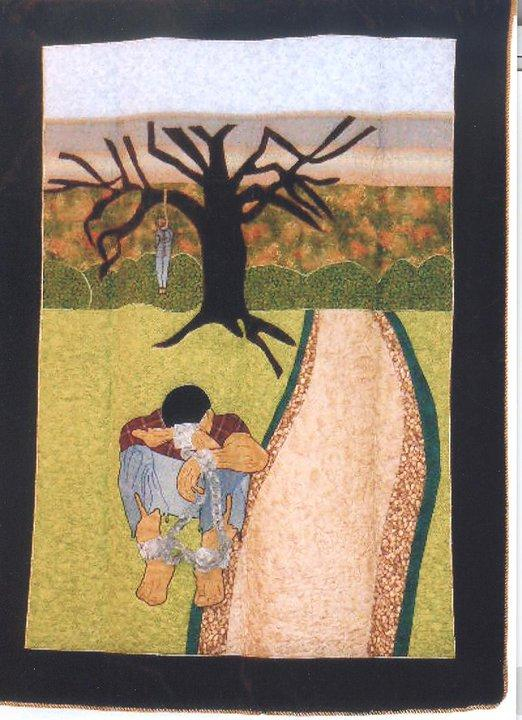
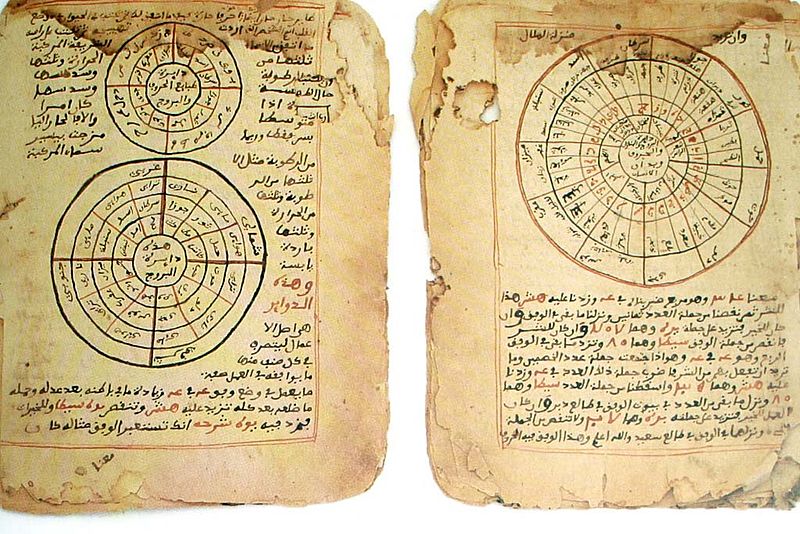
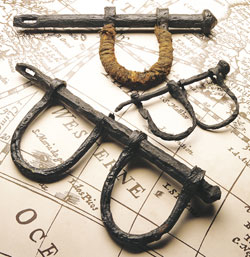


Comments Are Welcome
Note: We moderate submissions in order to create a space for meaningful dialogue, a space where museum visitors – adults and youth –– can exchange informed, thoughtful, and relevant comments that add value to our exhibits.
Racial slurs, personal attacks, obscenity, profanity, and SHOUTING do not meet the above standard. Such comments are posted in the exhibit Hateful Speech. Commercial promotions, impersonations, and incoherent comments likewise fail to meet our goals, so will not be posted. Submissions longer than 120 words will be shortened.
See our full Comments Policy here.